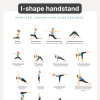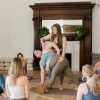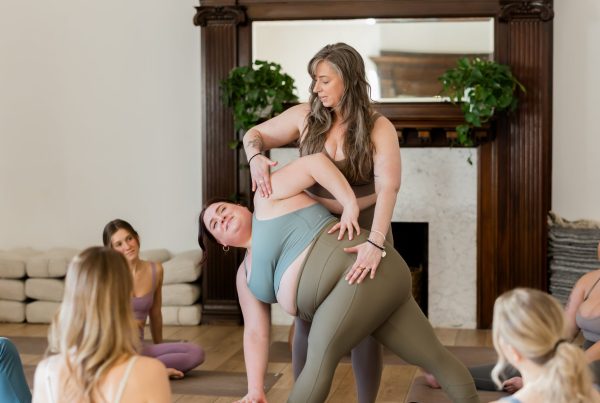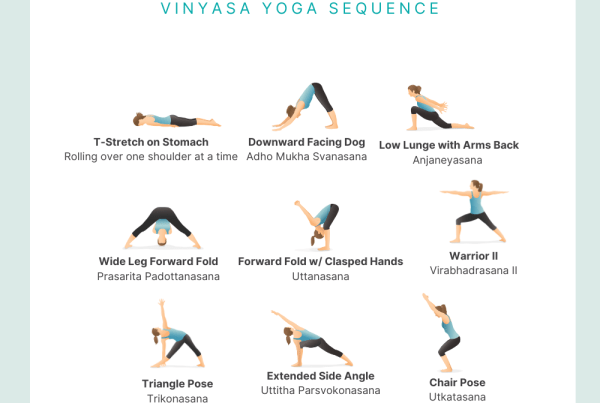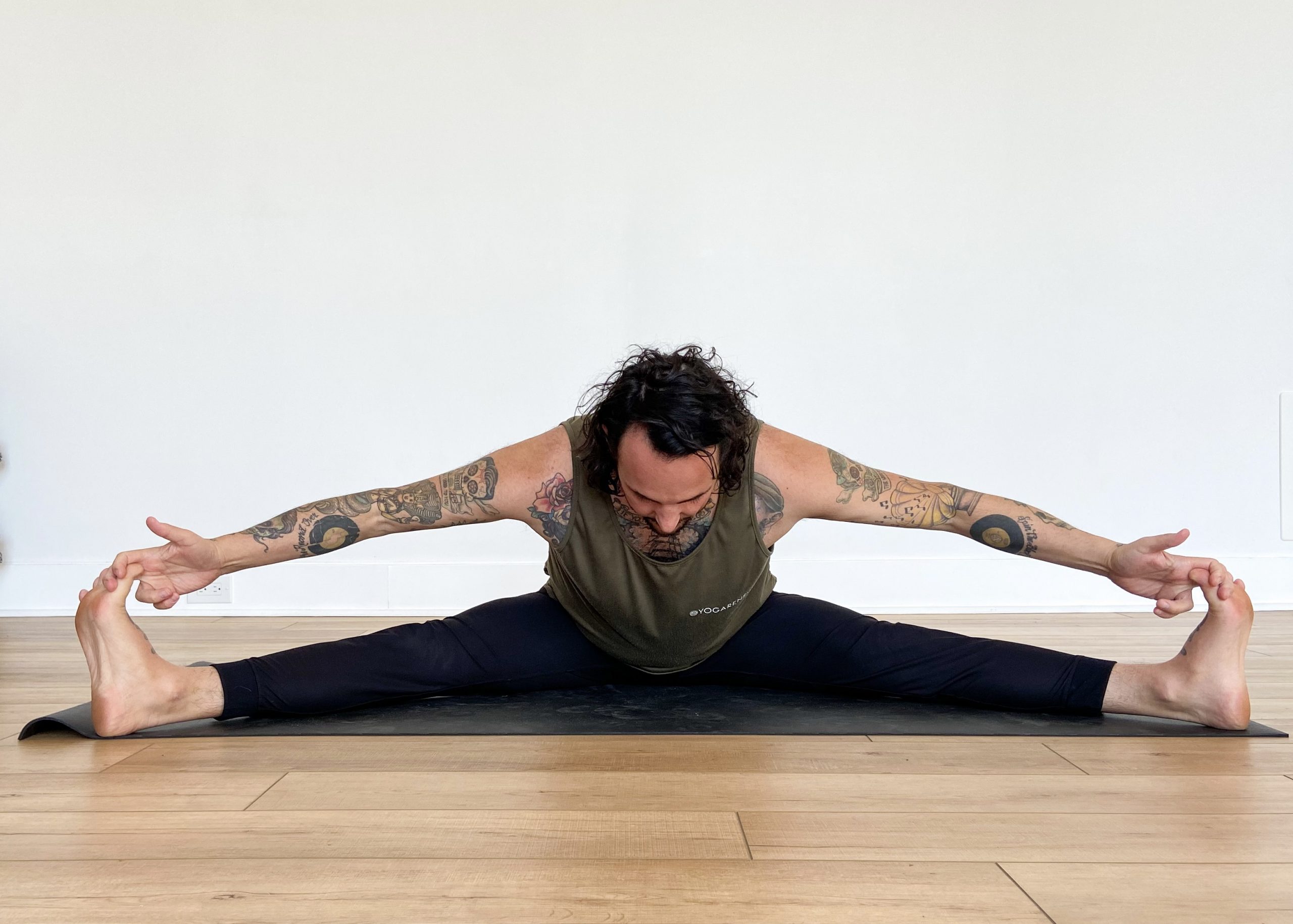
“After acting, reflect on what you have done.
If you do not reflect, there is confused action.
Pause between each movement.
The self has to find out whether the posture has been done well or not.”
— B.K.S. Iyengar
Seated Forward Fold poses are calming, introspective, and soothing to the nervous system. They turn off the brain, reduce fatigue and promote healthy sleep. These poses can be done with props such as blankets, bolsters, straps, etc to enhance their therapeutic effects.
Physically they stretch the abdomen, lengthen the spine, lengthen the hamstrings, and open the groins. They help prepare the body and mind for Savasana.
Supporting Pose 1: Supta Padagusthasana B (Reclined Hand to Foot Pose)
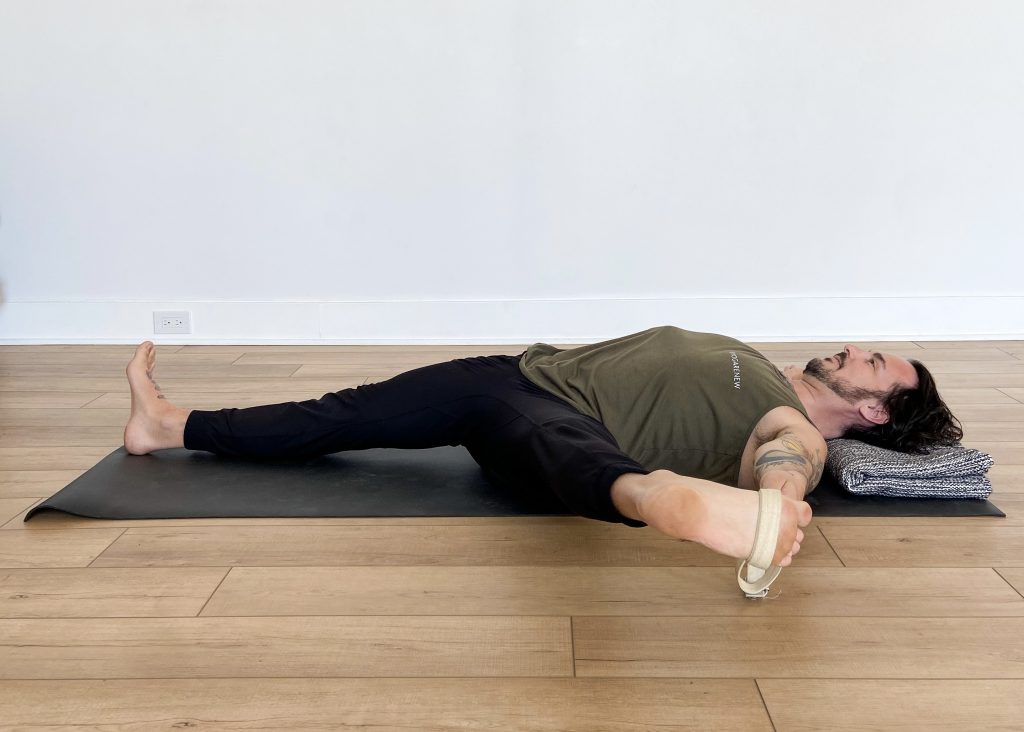
Practicing Supta Padagusthasana is a great way to work on opening the legs while keeping the spine in a neutral position. Using a blanket under the head for support and a strap for your leg are also useful in making the pose more accessible.
How to:
- Lie on your back with a blanket folded under your head and your legs straight.
- Bend your right leg towards your chest and place a strap around the ball of your right foot. Keep your left leg completely straight on the floor.
- Inhale and straighten your right leg by pressing your right foot towards the ceiling. Let your left hand rest on your left thigh.
- Exhale and swing your straight right leg out to the right side. Lengthen your inner right thigh towards your foot while maintaining a straight left leg. The trunk should remain neutral.
- Stay for 5 to 10 breaths before lifting your leg back to the ceiling and then to the floor. Repeat on the other side.
Supporting Pose 2: Trikonasana (Triangle Pose)
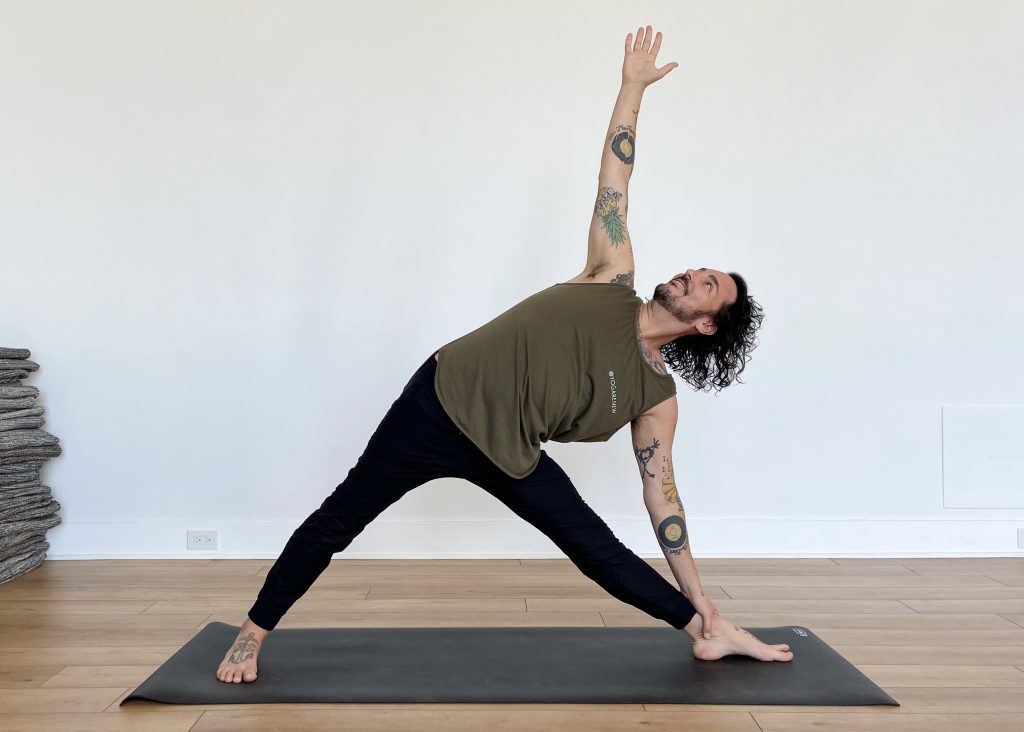
Triangle Pose extends the torso and limbs in multiple directions forming triangles with the body. It’s a spacious standing pose that helps tone the arms and legs while expanding the chest and torso.
How to:
- Stand in Tadasana and step your feet 3 ½ to 4 feet wide.
- Turn your right leg and foot out to 90 degrees and the left leg and foot inward 15 degrees. Keep both legs straight
- Extend your torso laterally over your right leg and bring your right hand to your shin or ankle. Extend your left arm upward towards the ceiling directly above your bottom arm.
- Turn your gaze towards your top hand.
- Stay for 5 breaths and repeat on the other side.
Supporting Pose 3: Prasarita Padottanasana (Extended Wide Leg Pose)
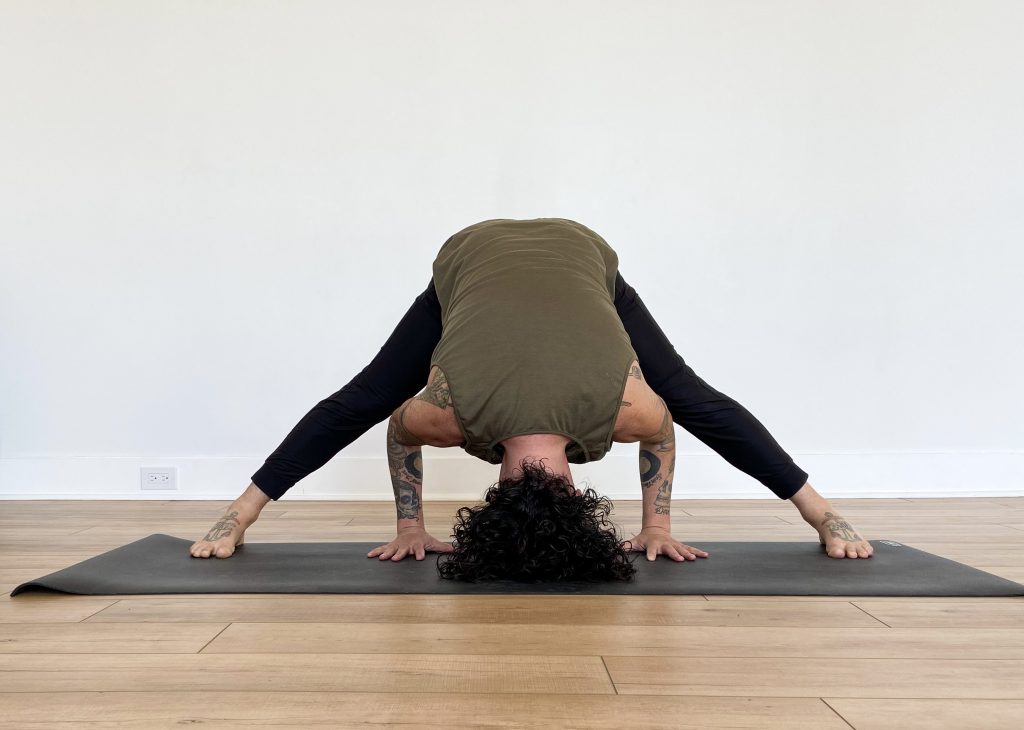
This standing wide leg forward fold strengthens and tones the legs and opens the hamstrings. Energetically it helps quiet the mind and nervous system as the head is releasing towards the floor.
How to:
- Stand in Tadasana and step your feet 3 ½ to 4 feet wide. Make sure the outer edges of your feet are parallel to the edges of your mat.
- Bring your hands to your hips, inhale and lift your torso. As you exhale, bring your chest parallel to the floor, placing your hands under your shoulders.
- Keeping your legs straight, bring your hands and fingers in line with your feet and toes. Bend your elbows back forming a right angle and place the crown of your head on the floor. If your head does not reach the floor use a blanket or bolster to fill the space.
- Gently lift your shoulders away from your ears to elongate the cervical spine.
- Stay for 5 to 10 breaths.
Peak Pose: Upavistha Konasana
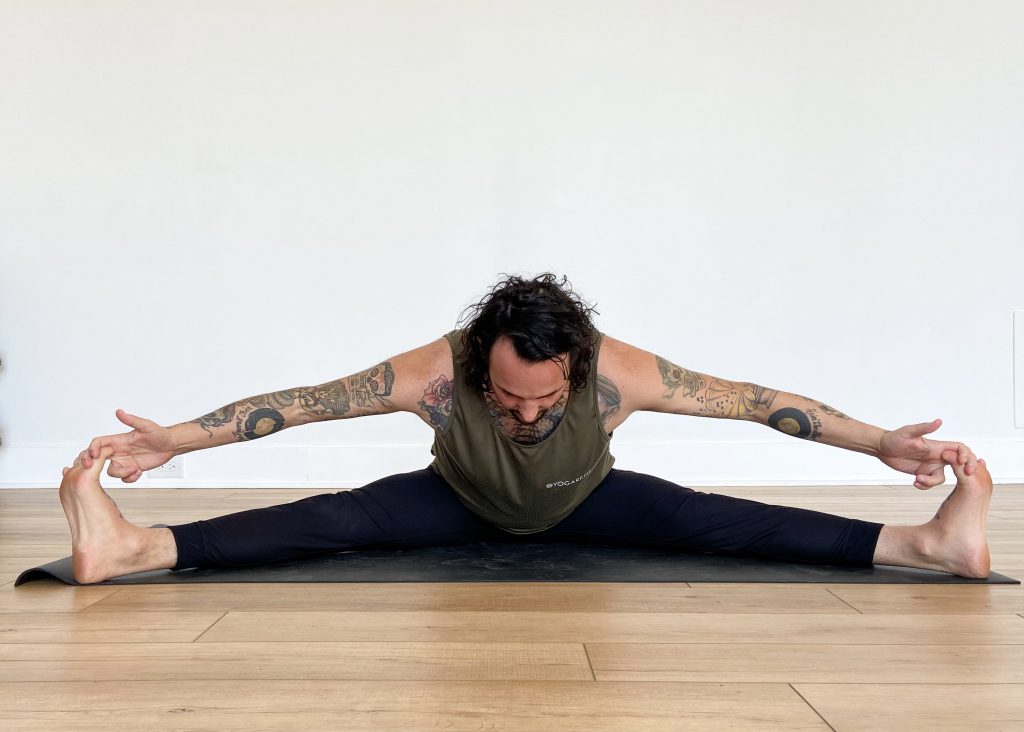
Upavishta is translated as “seated” and Konas is translated as “angle.” This seated forward fold stretches the hamstrings and opens the pelvic region. When done with the right mindset and quiet breathing, its practice induces a meditative state.
How to:
- Start seated on the floor with your legs extended straight in front of you. You can sit up on a blanket to help lift
- Extend your legs out wide, keeping the legs straight and the toes facing the ceiling.
- Inhale, grab the big toes and lift the chest.
- Exhale, extend the torso forward and bring your forehead towards the floor. If you head doesn’t reach the floor place a blanket or block under your forehead.
- Stay for 5 to 10 breaths.



